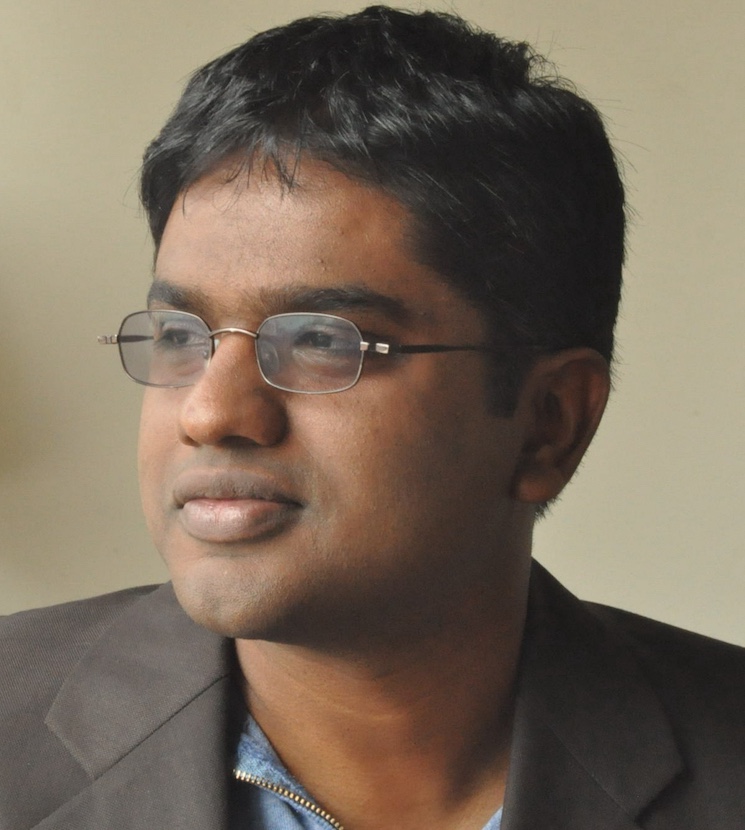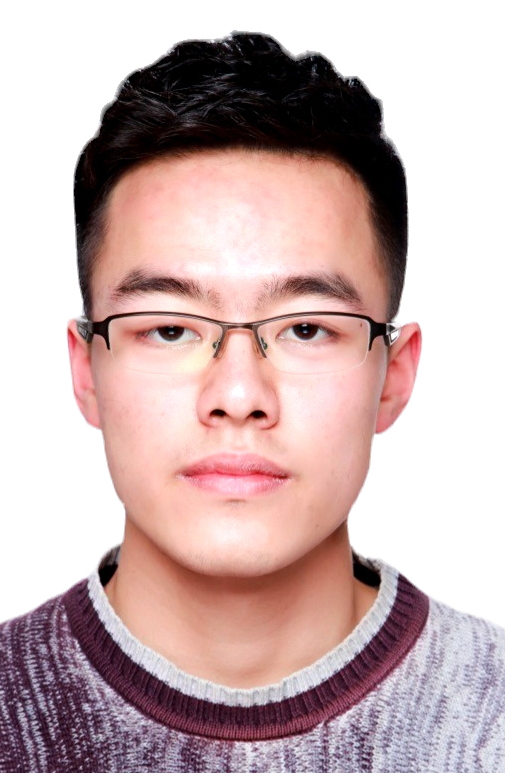Weekly Seminar in AI & Machine Learning
Sponsored by the HPI Research Center in Machine Learning and Data Science at UC Irvine
Jan. 13 DBH 4011 1 pm |
Scientific Machine Learning (SML) is an emerging interdisciplinary field with wide-ranging applications in domains such as public health, climate science, and drug discovery. The primary goal of SML is to develop data-driven surrogate models that can learn spatiotemporal dynamics or predict key system properties, thereby accelerating time-intensive simulations and reducing the need for real-world experiments. To make SML approaches truly reliable for domain experts, Uncertainty Quantification (UQ) plays a critical role in enabling risk assessment and informed decision-making. In this presentation, I will first introduce our recent advancements in UQ for spatiotemporal and multi-fidelity surrogate modeling with Bayesian deep learning, focusing on applications in accelerating computational epidemiology simulations. Following this, I will demonstrate how quantified uncertainties can be leveraged to design sample-efficient algorithms for adaptive experimental design, with a focus on Bayesian Active Learning and Bayesian Optimization.
Bio: Dongxia (Allen) Wu is a Ph.D. student in the Department of Computer Science and Engineering at UC San Diego, advised by Rose Yu and Yian Ma. His research focuses on Bayesian Deep Learning, Sequential Decision Making, Scientific Machine Learning, and Spatiotemporal Modeling, with applications in public health, climate science, and drug design. His work has been published in ICML, KDD, AISTATS, and PNAS. He developed DeepGLEAM for COVID-19 incident death forecasting, which achieved the highest coverage ranking in the CDC Forecasting Hub. He is also the recipient of UCSD HDSI Ph.D. Fellowship. |
Jan. 20 |
No Seminar (Martin Luther King, Jr. Day)
|
Jan. 27 DBH 4011 1 pm |
 Satish Kumar Thittamaranahalli Research Associate Professor Department of Computer Science, University of Southern California FastMap was first introduced in the Data Mining community for generating Euclidean embeddings of complex objects. In this talk, I will first generalize FastMap to generate Euclidean embeddings of graphs in near-linear time: The pairwise Euclidean distances approximate a desired graph-based distance function on the vertices. I will then apply the graph version of FastMap to efficiently solve various graph-theoretic problems of significant interest in AI: including shortest-path computations, facility location, top-K centrality computations, and community detection and block modeling. I will also present a novel learning framework, called FastMapSVM, by combining FastMap and Support Vector Machines. I will then apply FastMapSVM to predict the satisfiability of Constraint Satisfaction Problems and to classify seismograms in Earthquake Science.
Bio: Prof. Satish Kumar Thittamaranahalli (T. K. Satish Kumar) leads the Collaboratory for Algorithmic Techniques and Artificial Intelligence at the Information Sciences Institute of the University of Southern California. He is a Research Associate Professor in USC’s Department of Computer Science, Department of Physics and Astronomy, and Department of Industrial and Systems Engineering. He has published extensively on numerous topics spanning diverse areas such as Constraint Reasoning, Planning and Scheduling, Probabilistic Reasoning, Machine Learning and Data Informatics, Robotics, Combinatorial Optimization, Approximation and Randomization, Heuristic Search, Model-Based Reasoning, Computational Physics, Knowledge Representation, and Spatiotemporal Reasoning. He has served on the program committees of many international conferences and is a winner of three Best Paper Awards. Prof. Kumar received his PhD in Computer Science from Stanford University in March 2005. In the past, he has also been a Visiting Student at the NASA Ames Research Center, a Postdoctoral Research Scholar at the University of California, Berkeley, a Research Scientist at the Institute for Human and Machine Cognition, a Visiting Assistant Professor at the University of West Florida, and a Senior Research and Development Scientist at Mission Critical Technologies. |
Feb. 3 DBH 4011 1 pm |
 Francesco Immorlano Postdoctoral Researcher Department of Computer Science, University of California, Irvine Earth system models (ESMs) are the main tools currently used to project global mean temperature rise according to several future greenhouse gases emissions scenarios. Accurate and precise climate projections are required for climate adaptation and mitigation, but these models still exhibit great uncertainties that are a major roadblock for policy makers. Several approaches have been developed to reduce the spread of climate projections, yet those methods cannot capture the non-linear complexity inherent in the climate system. Using a Transfer Learning approach, Machine Learning can leverage and combine the knowledge gained from ESMs simulations and historical observations to more accurately project global surface air temperature fields in the 21st century. This helps enhance the representation of future projections and their associated spatial patterns which are critical to climate sensitivity.
Bio: Francesco Immorlano is a Postdoctoral Researcher at the University of California, Irvine with a Ph.D. in Engineering of Complex Systems from the University of Salento. Since May 2020 he has been collaborating with the CMCC Foundation and was a visiting researcher at Columbia University in Spring 2022. His main research work is focused on deep learning and generative models with a specific application to the climate science domain. |
Feb. 10 DBH 4011 1 pm |
Language model agents are tackling challenging tasks from embodied planning to web navigation to programming. These models are a powerful artifact of natural language processing research that are being applied to interactive environments traditionally reserved for reinforcement learning. However, many environments are not natively expressed in language, resulting in poor alignment between language representations and true states and actions. Additionally, while language models are generally capable, their biases from pretraining can be unaligned with specific environment dynamics. In this talk, I cover our research into rectifying these issues through methods such as: (1) mapping high-level language model plans to low-level actions, (2) optimizing language model agent inputs using reinforcement learning, and (3) in-context policy improvement for continual task adaptation.
Bio: Kolby Nottingham is a 5th-year CS PhD student at the University of California Irvine co-advised by Roy Fox and Sameer Singh. His research applies algorithms and insights from reinforcement learning to improve the potential of agentic language model applications. He has diverse industry experience from internships at companies such as Nvidia, Unity, and Allen AI. Kolby is also excited by prospective applications of his work in the video game industry and has experience doing research for game studios such as Latitude and Riot Games. |
Feb. 17 |
No Seminar (Presidents’ Day)
|


